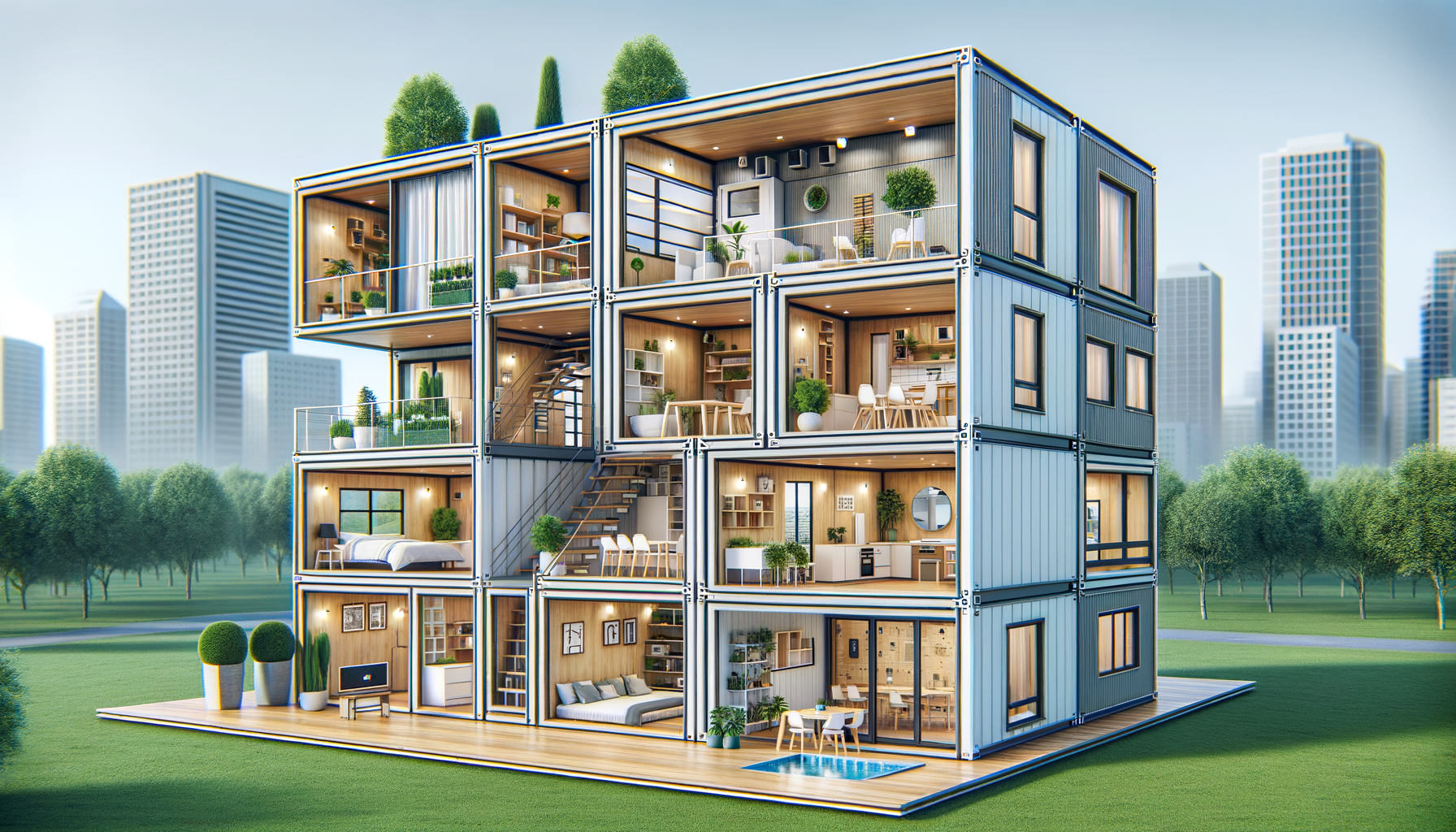
Exploring Modular Home Options With Flexible Floor Plans and Layouts
Understanding Modular Home Floor Plans
Modular homes are revolutionizing the housing industry with their flexible and innovative floor plans. Unlike traditional homes, modular homes are built in sections or modules in a factory setting and then assembled on-site. This method allows for a variety of floor plans that can cater to different lifestyle needs and preferences. Homebuyers can choose from a wide range of layouts, from compact one-bedroom units to expansive multi-bedroom homes.
One of the key advantages of modular home floor plans is their adaptability. Homeowners can easily modify layouts to include additional rooms, open-concept living areas, or specialized spaces like home offices or gyms. This flexibility is particularly beneficial for families whose needs may change over time, such as growing families or those requiring accessible living spaces.
Moreover, modular homes often incorporate modern design elements such as large windows for natural light, energy-efficient appliances, and sustainable materials. These features not only enhance the aesthetic appeal of the home but also contribute to a healthier and more environmentally friendly living environment.
Customization in Factory-Built Homes
Factory-built homes offer a level of customization that is both extensive and cost-effective. When purchasing a modular home, buyers are presented with a plethora of options to tailor their living space to their unique tastes and requirements. This customization process begins with selecting a floor plan that suits their lifestyle, followed by choosing interior finishes, fixtures, and appliances.
Buyers can select from a variety of materials for flooring, countertops, and cabinetry, allowing them to create a personalized aesthetic that reflects their personality. Additionally, technological advancements have made it possible to integrate smart home features seamlessly into modular homes, such as automated lighting, temperature control, and security systems.
Another significant advantage of factory-built home customization is the ability to ensure quality control. Since these homes are constructed in a controlled environment, there is less risk of weather-related delays or material damage, ensuring that the finished product meets high standards of quality and durability.
The Rise of Eco-Friendly Modular Housing
As environmental concerns continue to grow, eco-friendly modular housing is gaining popularity as a sustainable alternative to traditional construction methods. These homes are designed with energy efficiency and environmental conservation in mind, making them an attractive option for environmentally conscious buyers.
Eco-friendly modular homes often feature energy-efficient insulation, solar panels, and rainwater harvesting systems. These elements help reduce the home’s carbon footprint and lower utility bills, providing long-term savings for homeowners. Moreover, the use of sustainable materials, such as recycled steel and reclaimed wood, further enhances the environmental benefits of modular homes.
The controlled factory environment also contributes to the eco-friendliness of modular housing. By minimizing waste and optimizing resource use, modular construction significantly reduces the environmental impact compared to traditional building methods. This approach not only benefits the planet but also aligns with the values of those seeking a more sustainable lifestyle.
Comparing Modular and Traditional Homes
When considering a new home, potential buyers often weigh the differences between modular and traditional homes. While both have their advantages, modular homes offer distinct benefits that appeal to a wide range of homeowners.
One of the primary advantages of modular homes is the speed of construction. Since modules are built in a factory setting, the construction process is not subject to weather delays, allowing for a quicker completion time. This efficiency often translates to cost savings, as shorter construction timelines reduce labor costs and financing expenses.
In terms of quality, modular homes are built to meet the same building codes and standards as traditional homes. The factory setting ensures consistent quality control, resulting in a durable and reliable structure. Additionally, the ability to customize modular homes allows for greater personalization, making it possible to create a home that perfectly suits the buyer’s needs and preferences.
Conclusion: The Future of Modular Housing
As the housing market continues to evolve, modular homes are emerging as a practical and innovative solution for modern living. With their flexible floor plans, extensive customization options, and eco-friendly features, modular homes offer a unique opportunity for homeowners to create a personalized and sustainable living space.
For those seeking a home that can adapt to their changing needs and align with their environmental values, modular housing presents a compelling option. As technology advances and environmental awareness grows, the demand for modular homes is likely to increase, shaping the future of the housing industry.